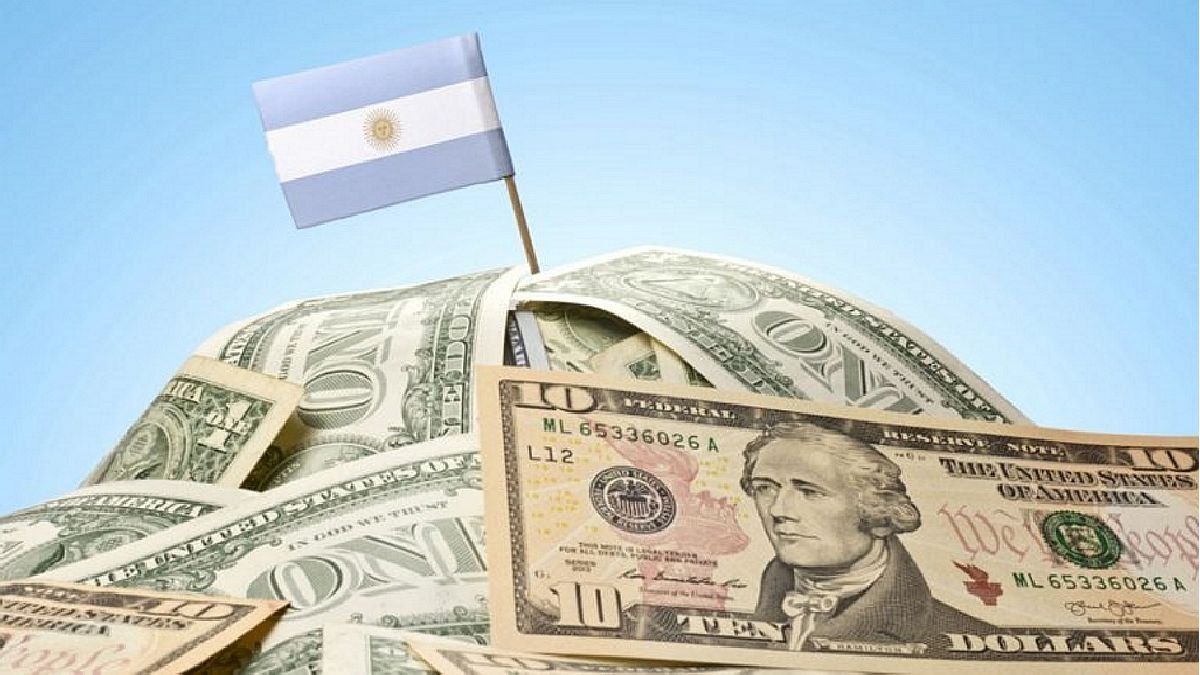Meanwhile, Argentina suffers from dysfunctions that make it weak in many of these movements and extremely dependent on one: the balance of trade in goods.
It must be said, then, and within this framework, that our balance of international trade in goods is generating a not insignificant amount of foreign currency. But the other currency flows generate a very negative balance. An asymmetry arising from different distortions: exchange rate gap, excessive interventionism, restrictions on imports, taxes on exports, macroeconomic environment of very low competitiveness and macroeconomic instability (everything discourages more genuine and functional external movements).
A) Yes, the problem in Argentina is not the trade balance. And, therefore, neither do imports of goods (which according to “TheGlobalEconomy” are equivalent to just 15.13% of GDP, this being the lowest record in all Latin American countries in 2021).
Rather, the problem is a weak systemic external economic relationship.
The commercial surplus in the balance of goods in Argentina in the last three years (according to the comparison of ECLAC data), generated a net income (in the three years, accumulated) of 57 billion dollars. It is the second largest surplus in Latin America at that time considering absolute figures. Only Brazil accumulated a higher absolute income (almost 110 billion), although it should be pondered that Brazil achieves a GDP that more than triples that of Argentina.
The other best records in the trieño (accumulated surplus) in the region are those of Chile (more than 36 billion) and Mexico (slightly more than 32 billion). Nobody, then, (except Brazil) surpasses Argentina in the absolute sum of the last three years -in the accumulated surplus of the balance of goods-.
Even more: if the average balance of the last three years in Latin American countries is compared with the GDP of those countries, Argentina obtains one of the highest ratios (average surplus / GDP): 3.71%. Only surpassed by the result of Uruguay (4.49%) and practically equaled by that of Chile (3.79%).
In this regard, it should be noted that, formally, a country achieves a greater relationship between the trade balance and GDP in the region and that is Venezuela; but -in the case of a country with enormous distortions due to the price of its currency and limitations on foreign trade, which also has its income from foreign trade in oil and offers data on its GDP that international organizations often do not consider-, it is preferred not to buy it in the same condition with the rest in this analysis.
In Latin America, the entire relationship between the average trade balance in the last three years (which for the region is a surplus) and the GDP -of the region- is 0.54% (much lower than that of Argentina, which was 3.71%). ).
Thus, the problem is not in the trade balance.
If anything, the problem is more general: a weakness in comprehensive economic relations with the rest of the world. For example: our participation in global international trade in services in 2021 was barely 0.15% (in trade in goods, even with weaknesses, we doubled that ratio). In addition, our services trade balance is in deficit.
Meanwhile, our stock of foreign direct investment represents only 0.22% of the world total (about 98,000 million dollars, an absolute figure lower than that of Mexico, Brazil, Chile, Colombia and Peru). To which we must add our financial marginality that distances us from the respective markets. Argentina was (according to the World Bank) among the countries measured in 2021, the one with the lowest participation of international trade in goods in its gross product in our region (28.7%, against 49.3% in Latin America).
Thus, we are very aware of this trade balance (which in 2021 achieved a surplus of more than 14,000 million dollars, but which in the first half of 2022 only reached about 3,000 million, which suggests that the favorable balance of this year will be half that of the previous year). But this happens while we add disincentives that weaken our participation in the international trade of goods (0.3% of the world total), which has been reduced since the beginning of the century (it was 0.4%) and is today much lower than half a century ago ( almost 0.8%).
To deal with foreign exchange difficulties, the focus should therefore be on the systemic and not just on a couple of balances.
International business specialist. President of the International Chamber of Commerce (ICC) in Argentina.
Source: Ambito




